Smaller Pickups Outperformed the Big Boys in IIHS Overlap Crash Test

The Insurance Institute for Highway Safety recently ran eight pickups through the small overlap front crash test, which replicates one of the most infamous and deadly of accident types — one where the front corner of a vehicle collides with another vehicle or object. The segment, which the IIHS called “small pickups,” could easily be categorized as midsize. But, with no smaller options currently available in the domestic market, their terminology works well enough.
So, how did the smaller pickups stack up when hurled toward a concrete pylon at 40 miles an hour? A little better than you might expect.
If we were absolutely forced to drive into a brick wall, we’d probably prefer to be seated in a full-size truck — specifically the Ford F-150 SuperCab. But the junior pickup group wasn’t a segment full of deathtraps. In fact, they suffered less structural deformation overall and posed less risk of injury to the lower leg region when compared to their full-size brethren. There were exceptions, however.
Nissan’s Frontier, which is now approximately four thousand years old, performed the worst within its segment. Both the Frontier King Cab and Frontier Crew Cab earned marginal ratings. But the extensive physical deformation of the Crew Cab earned it a poor structural score, while the King Cab fared slightly better.
“This group of small pickups performed better in the small overlap front test than many of their larger pickup cousins,” explained David Zuby, the Institute’s executive vice president and chief research officer. “The exception was the Nissan Frontier, which hasn’t had a structural redesign since the 2005 model year.”
Perhaps we shouldn’t have expected the same level of crash-worthiness from a vehicle that’s been around since 2004. The good news is that the Nissans aren’t breaking in half. (They’re just allowing the footwell to buckle into the driver’s lower extremities by over 12 inches.)
The Chevrolet Colorado and GMC Canyon also had issues keeping foot and leg injuries to a minimum in Extended Cab format, receiving similarly poor marks. The difference is that their structural might proved better than the Nissan’s. The pair received an adequate overall rating in Extended Cab guise and a good score when optioned as a Crew Cab.
Toyota Tacoma’s crew cab, which the automaker calls the Double Cab, was the top performer in the small overlap test. The Tacoma Double Cab earned a good rating with above-average marks for everything but lower-leg protection, which was still deemed adequate. The Access Cab model received a similar assessment but was found to be slightly less structurally sound overall. Still, the issue wasn’t serious enough to keep it from receiving a positive final score.
Despite half the segment receiving good ratings from the IIHS, none were deemed worthy of a Safety Pick award. Only models that earn good ratings in the Institute’s five crashworthiness tests and an advanced or superior rating for front crash prevention (with standard or optional automatic braking), can qualify for a 2017 Top Safety Pick achievement. Vehicles with headlights earning good or acceptable ratings can also qualify for a Top Safety Pick Plus awards.
However, none of the trucks made the grade, as all were slighted for having subpar headlamps. The Institute began stressing the importance of headlights last year to encourage manufacturers to improve nighttime driving visibility and reduce glare for oncoming drivers. Every truck in the segment received a poor headlight score.
“Headlights are basic but vital safety equipment. Drivers shouldn’t have to give up the ability to see the road at night when they choose a small pickup,” Zuby said.
A breakdown of each vehicle’s performance can be found on the Insurance Institute for Highway Safety’s website, as well as additional details on the small overlap front test.
[Images: Insurance Institute for Highway Safety]

A staunch consumer advocate tracking industry trends and regulation. Before joining TTAC, Matt spent a decade working for marketing and research firms based in NYC. Clients included several of the world’s largest automakers, global tire brands, and aftermarket part suppliers. Dissatisfied with the corporate world and resentful of having to wear suits everyday, he pivoted to writing about cars. Since then, that man has become an ardent supporter of the right-to-repair movement, been interviewed on the auto industry by national radio broadcasts, driven more rental cars than anyone ever should, participated in amateur rallying events, and received the requisite minimum training as sanctioned by the SCCA. Handy with a wrench, Matt grew up surrounded by Detroit auto workers and managed to get a pizza delivery job before he was legally eligible. He later found himself driving box trucks through Manhattan, guaranteeing future sympathy for actual truckers. He continues to conduct research pertaining to the automotive sector as an independent contractor and has since moved back to his native Michigan, closer to where the cars are born. A contrarian, Matt claims to prefer understeer — stating that front and all-wheel drive vehicles cater best to his driving style.
More by Matt Posky
Latest Car Reviews
Read moreLatest Product Reviews
Read moreRecent Comments
- Justin You guys still looking for that sportbak? I just saw one on the Facebook marketplace in Arizona
- 28-Cars-Later I cannot remember what happens now, but there are whiteblocks in this period which develop a "tick" like sound which indicates they are toast (maybe head gasket?). Ten or so years ago I looked at an '03 or '04 S60 (I forget why) and I brought my Volvo indy along to tell me if it was worth my time - it ticked and that's when I learned this. This XC90 is probably worth about $300 as it sits, not kidding, and it will cost you conservatively $2500 for an engine swap (all the ones I see on car-part.com have north of 130K miles starting at $1,100 and that's not including freight to a shop, shop labor, other internals to do such as timing belt while engine out etc).
- 28-Cars-Later Ford reported it lost $132,000 for each of its 10,000 electric vehicles sold in the first quarter of 2024, according to CNN. The sales were down 20 percent from the first quarter of 2023 and would “drag down earnings for the company overall.”The losses include “hundreds of millions being spent on research and development of the next generation of EVs for Ford. Those investments are years away from paying off.” [if they ever are recouped] Ford is the only major carmaker breaking out EV numbers by themselves. But other marques likely suffer similar losses. https://www.zerohedge.com/political/fords-120000-loss-vehicle-shows-california-ev-goals-are-impossible Given these facts, how did Tesla ever produce anything in volume let alone profit?
- AZFelix Let's forego all of this dilly-dallying with autonomous cars and cut right to the chase and the only real solution.
- Zelgadis Elantra NLine in Lava Orange. I will never buy a dirty dishwater car again. I need color in my life.





















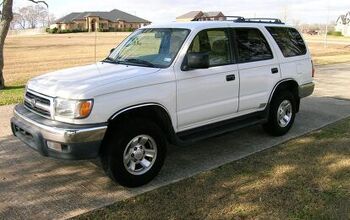
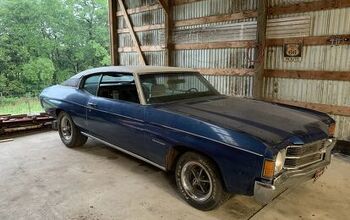
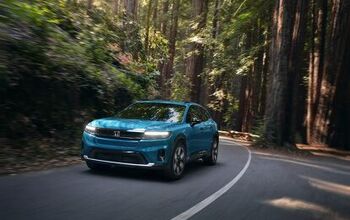
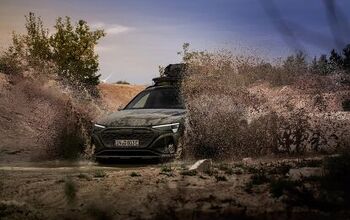
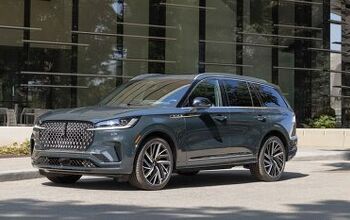
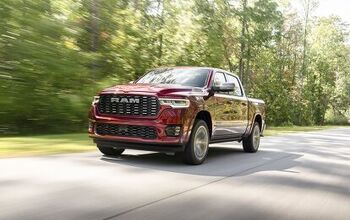
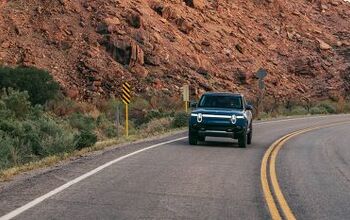

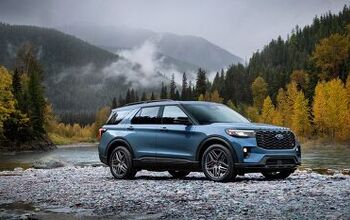
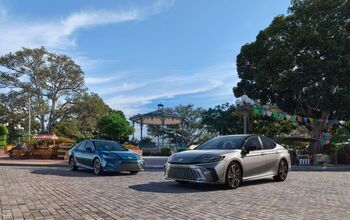
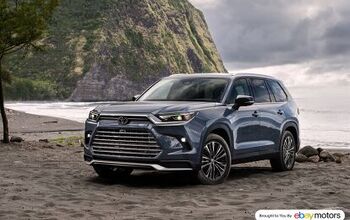
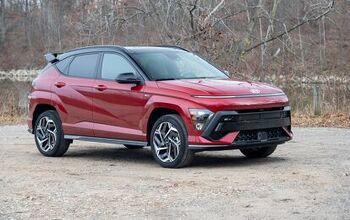

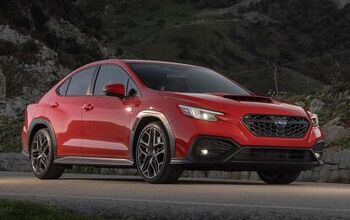
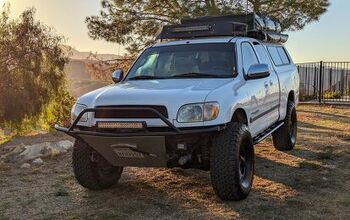
Comments
Join the conversation
Why didnt they test the Ridgeline. What a diss. I bet it would have had top scores.
Mass does not equal safety. If mass were the most important thing, a Cadillac from the 80s would be a very safe car today. That said, I am replacing my Golf TDI with an F-150.